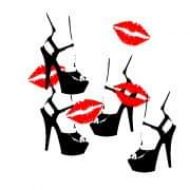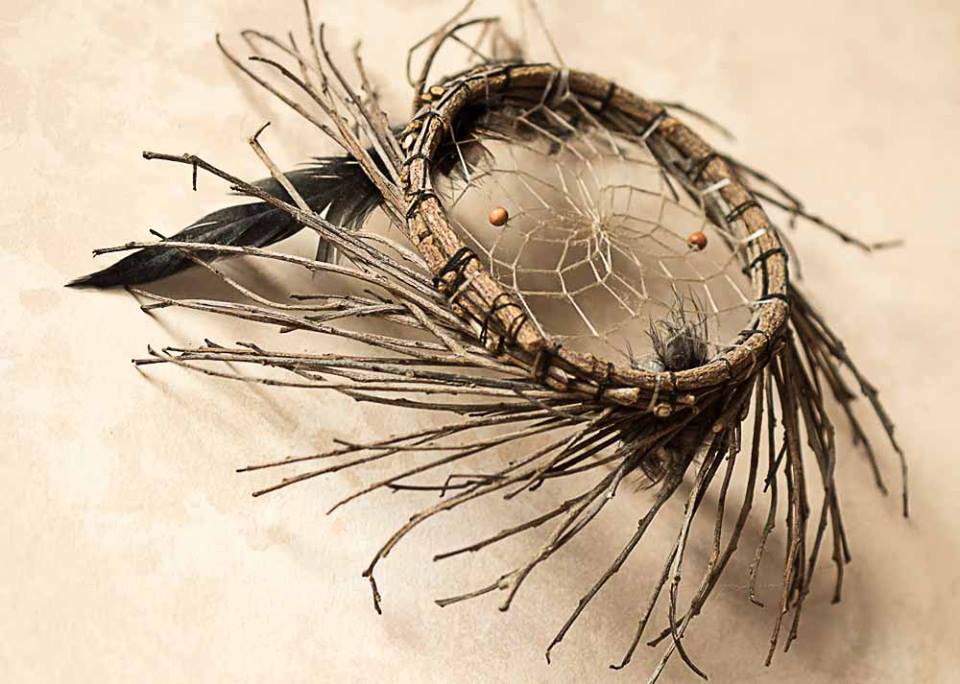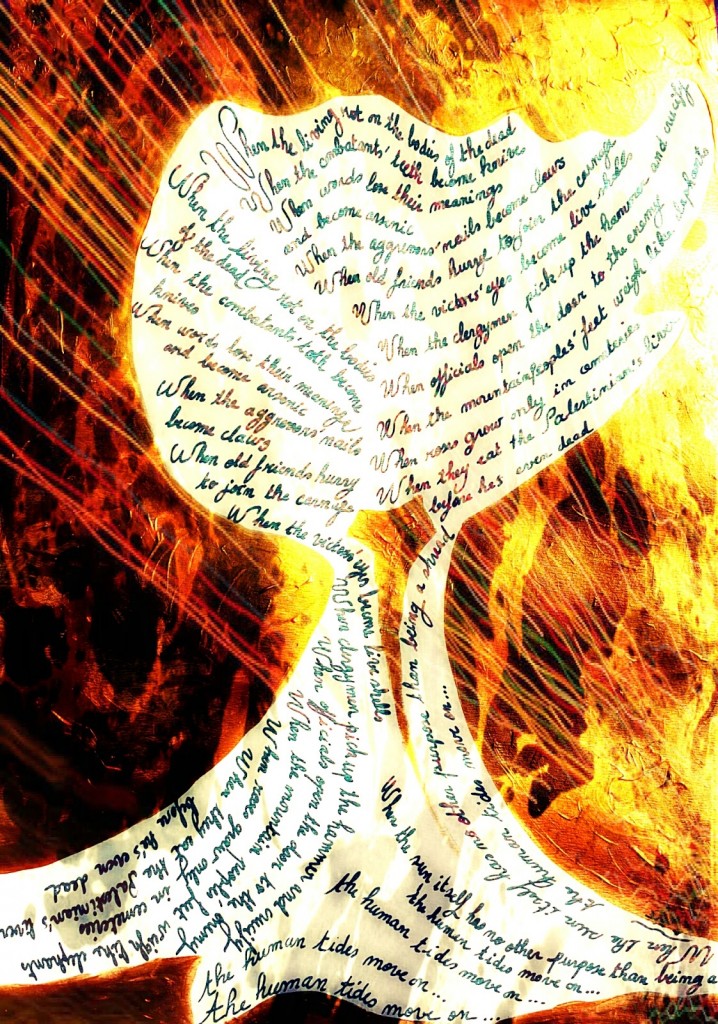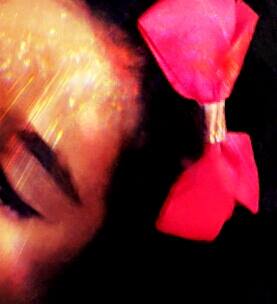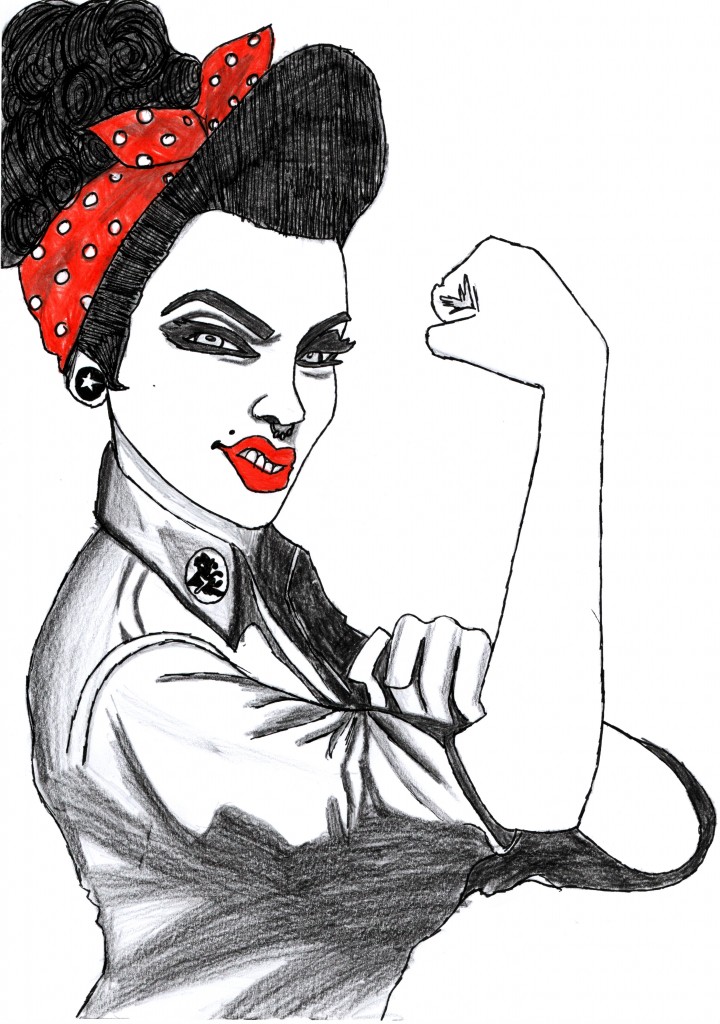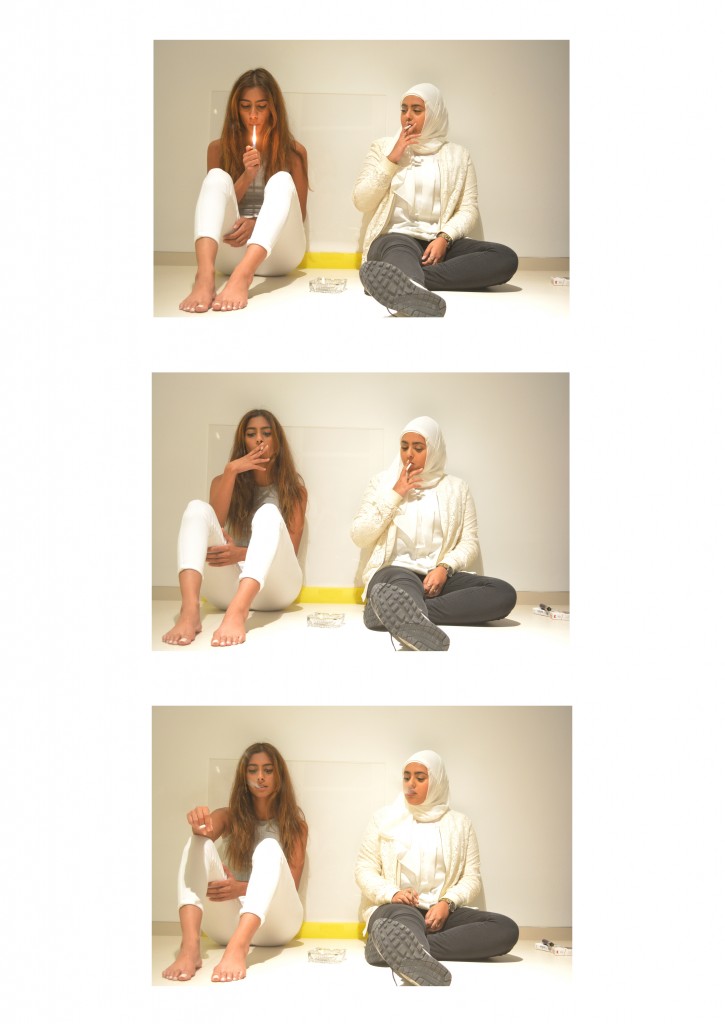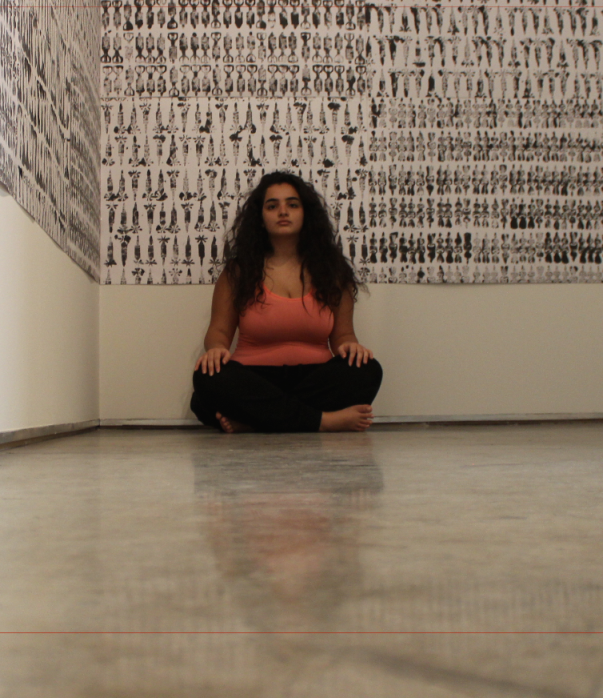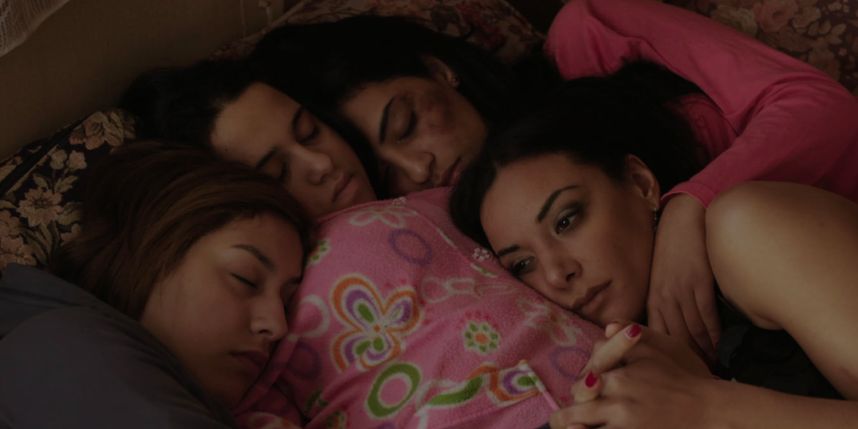Few days ago, I asked my students to search for the origins and use of the ‘Middle East’ expression and identify the most common stereotypes of the ‘Middle East’ and ‘Middle Easterners’. Following the plenary session where they presented their findings, we discussed the importance of deconstructing 100+ year old taxonomy and theories.
By deconstruction, I mean the way Mohammed Arkoun defined it: leaving the limitations, the rigidity and deviations from the past; going beyond the binary system where ‘Us’ and ‘Them’ are forged, and where monolithic and fixed identities stuck in a conflictual dynamic are disseminated and transmitted from generation to the next. A deconstruction that would include the dismantlement of Othering, or the processes by which societies and groups exclude those whom they want to subordinate. ‘Others’ are usually created through animalization, naturalization and infantilization, delineated in Ella Shohat and Robert Stam’s book Unthinking Eurocentrism. A deconstruction that would not be a final concept as in Derrida’s approach, but would be followed by a reconstruction process, or the individual and collective search for re-invented identities that would serve the local/regional aspirations.
‘Middle East’, along with ‘Near East’ and ‘Far East’ are Eurocentric expressions that were coined at least a century ago in Europe, then used in North America and everywhere else. Remnants of the Colonialist era… So why do many in politics, business, media and academic institutions still use ‘Middle East’? In most regions and countries, the cardinal directions are adopted – North, South, East, West and as such, we hear ‘North America and South America’, ‘Asia Pacific’ and ‘South East Asia’, even ‘ Central Asia’. We hear about ‘North Africa’ and ‘South Africa’, ‘Central Europe’, ‘Southern Europe’, etc. Yet, we do not hear ‘West Asia’ or ‘Southwestern Asia’, which is the geographically proper term for the region so-called ‘Middle East’.
Unfortunately, the independence movements of the 20th century and the ‘Arab Spring’ did not bring a change in worldviews nor in the systems of thought and communication. Personally, I stopped using ‘Middle East’ and replaced it with ‘West Asia’ or ‘Southwestern Asia’. It took me a while. Old habits break hard…
What about you?
(With my MEST 318 – Cultures of the ‘Middle East’ students – Workshop 1, Fall 2015 – American University in Dubai #audubai #uae)
